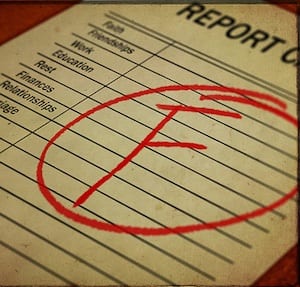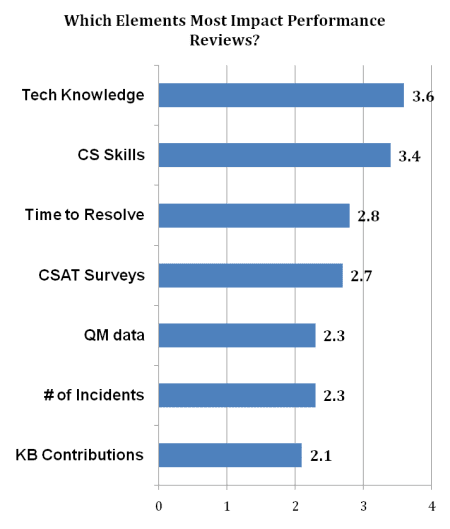 Effectively evaluating employees’ performance is no easy task, but its value is immeasurable. Without a periodic dive into the numbers and a face-to-face chat about successes and failures, technicians’ best work goes unrecognized and their worst tendencies grow into business-harming habits. So what’s the best way to evaluate performance? Here’s a roundup of great insights for technician evaluation from experts in the field:
Effectively evaluating employees’ performance is no easy task, but its value is immeasurable. Without a periodic dive into the numbers and a face-to-face chat about successes and failures, technicians’ best work goes unrecognized and their worst tendencies grow into business-harming habits. So what’s the best way to evaluate performance? Here’s a roundup of great insights for technician evaluation from experts in the field:
1. Listen to Customers
Technicians who make customers happy are valuable. Ask your clients for feedback. On the other hand, technicians are the ones on the “front lines,” and they often have unique insight into ways that things like your supply chain might be tweaked or schedules rearranged to help them do their jobs better. Seek out both customers’ opinions as well as technicians’ — and not just after a botched job. Figuring out the conditions that lead to successful calls will make it easier to replicate them in the future.
2. Gather Stats
Getting baseline numbers on customer satisfaction, job completions, first-time-fix rates, and on-time performance is imperative. Some of that information can be collected automatically — check-in programs can log on-time rates, for instance. To get stats on satisfaction scores and other customer sentiment, it’s important to collect lots of data, through surveys and follow-up interviews. David VanAmburg, managing director for the American Customer Satisfaction Index, gave us a few practical tips for crafting great surveys.
3. Communicate Expectations
Make clear to your technicians what aspects of the job are most important, going into a performance review. If a technician is great at fixing parts, but doesn’t understand that they’re being judged on everything from customer service to the internal knowledge base, you’ll be throwing them for an unfair loop come review-time. John Ragsdale gave us the following breakdown from a TSIA benchmarking study (from 2011):

If you don’t tell your employees what you value the most, they can’t put their best efforts toward the job.
More: Best Practices: 5 Tips for Training Service Technicians.
Click here to download a free whitepaper, “Five Steps to Make Field Service Profitable.”

Share this: